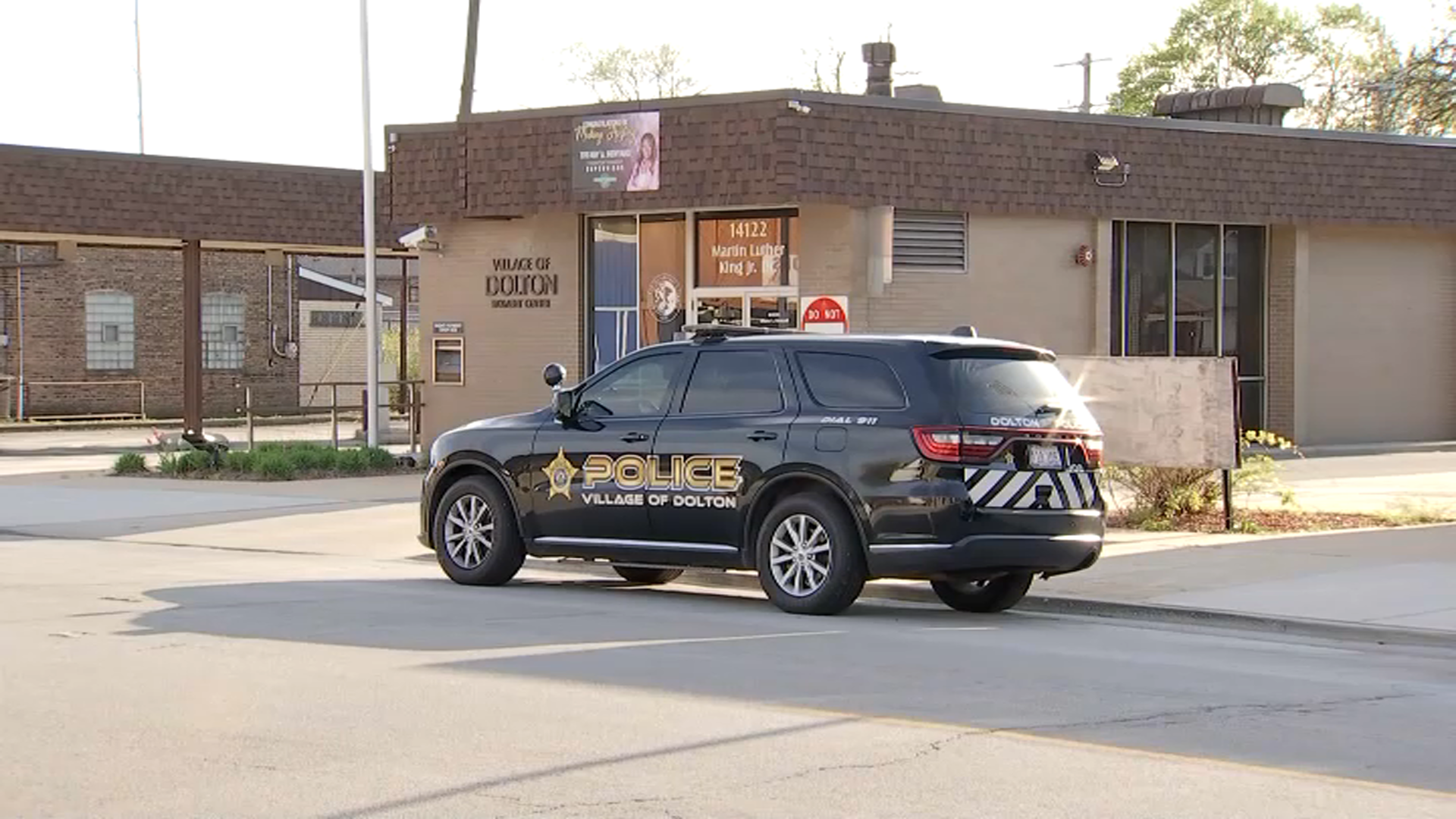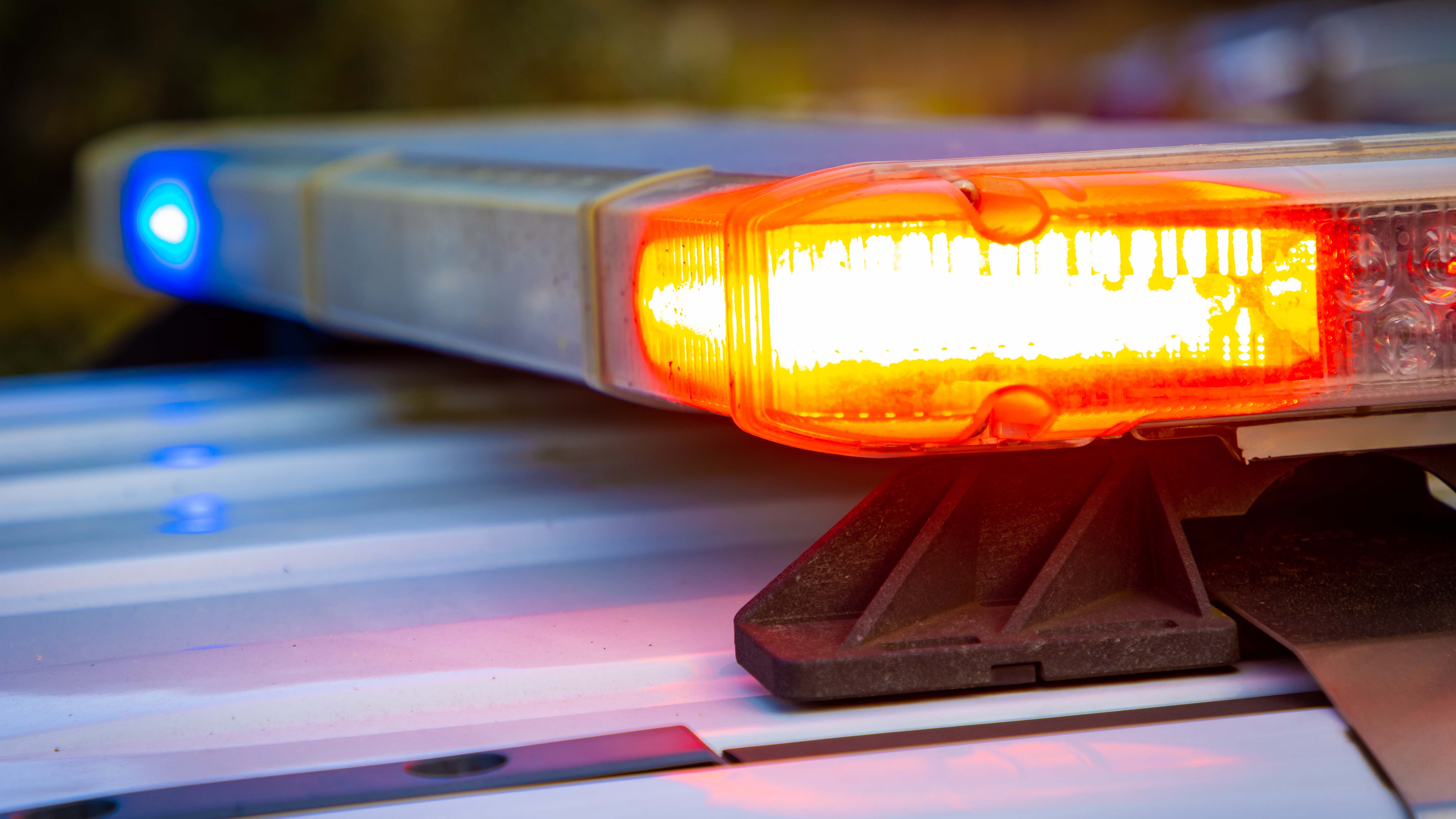The BA.5 subvariant of COVID-19 remains the dominant strain in the United States this week, but several other new forms of the virus are gaining ground, and physicians warn that some treatments against the illness may not be effective against them.
According to the latest data from the Centers for Disease Control and Prevention, BA.5 is making up approximately 62.2% of COVID cases in the U.S. That subvariant has been the dominant strain of COVID since early July, but it’s rapidly declining as other strains take hold.
While the BA.4.6 subvariant is still the second-most prevalent at 11.3%, several descendants of BA.5 are rapidly gaining round. According to the CDC, BQ.1 is now responsible for 9.4% of cases, while BQ.1.1 is responsible for an estimated 7.2% of cases.
These numbers are causing some concern in the medical community, as the National Institutes of Health warns that some emerging subvariants could be resistant to monoclonal antibodies, robbing physicians of a key tool in pushing back against COVID.
Feeling out of the loop? We'll catch you up on the Chicago news you need to know. Sign up for the weekly Chicago Catch-Up newsletter here.
BQ.1 and BQ.1.1 are likely to be resistant to the bebtelovimab treatment, while BF.7 is also likely to be resistant to tixagevimab and cilgavimab. Both BQ.1 and BQ.1.1, as well as BA.4.6, could also be resistant to the latter two treatments.
The aforementioned monoclonal antibodies are recommended by the CDC for use when Paxlovid or remdesivir cannot be safely prescribed to nonhospitalized adults who are at high risk of severe COVID infection.
Paxlovid does interact with certain other drugs, and is not recommended for patients with severe kidney illness or certain other ailments, according to a factsheet from the Food and Drug Administration.
News
Other COVID treatments are expected to remain effective against the new variants, and the new bivalent COVID vaccines are also expected to help prevent serious illness or death.
Although there are increases of specific variants of the virus, the U.S. as a whole is not seeing an increase in cases. Recent decreases in cases have begun to slow, however, and officials are warning that precautions may need to be taken to avoid a fall and winter surge of the virus.
That warning was also issued in Illinois, as experts warn of a potential surge in RSV and COVID cases. RSV cases are already on the rise, especially in children, and officials fear that COVID cases could also rapidly increase due to the slow rate of uptake of the new bivalent COVID boosters.
“As health professionals, I think we can say that we are concerned,” Cook County Health Dr. Gregory Huhn said. “Historically, we know that the upcoming months typically lead to a surge in COVID.”
Cases in Illinois are showing some signs of increase, with the state now averaging 1,818 cases per day. That number is still significantly lower than what the state saw during the summer, but does represent a 25% increase over data from last week.
Three Illinois counties are now at “high transmission” rates of COVID, meaning the CDC is recommending individuals to wear masks in those areas.
Illinois has seen large surges in COVID in successive winters, including the omicron-driven surge in the winter of 2021-22 that ultimately led to a wave of illness that was sickening more than 30,000 Illinois residents per day.



